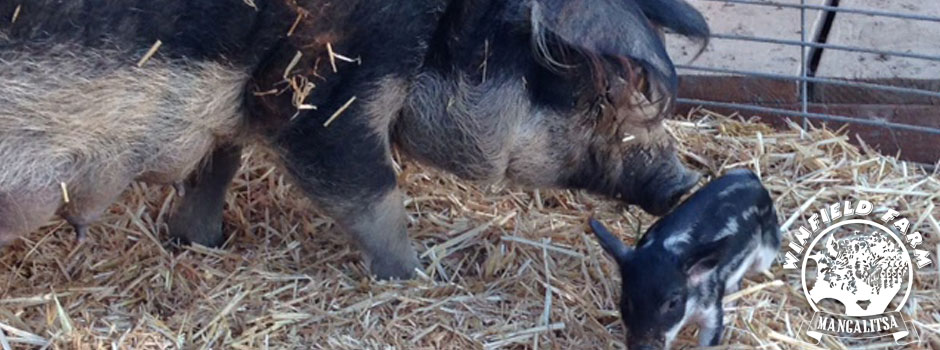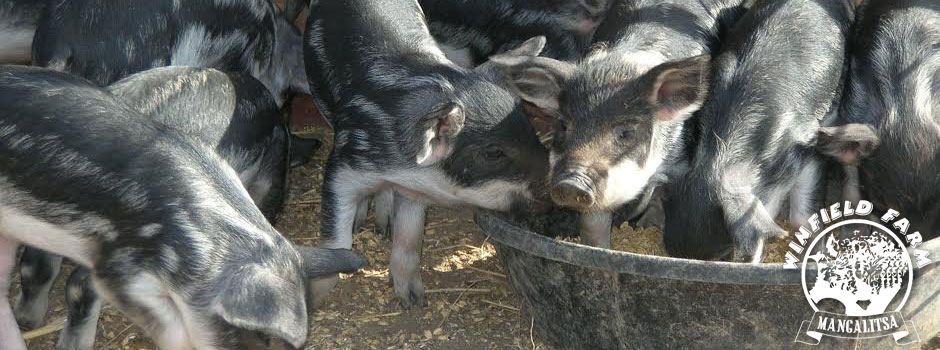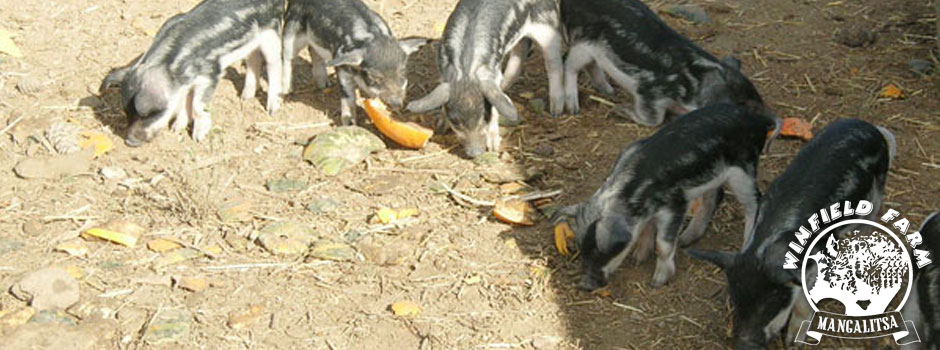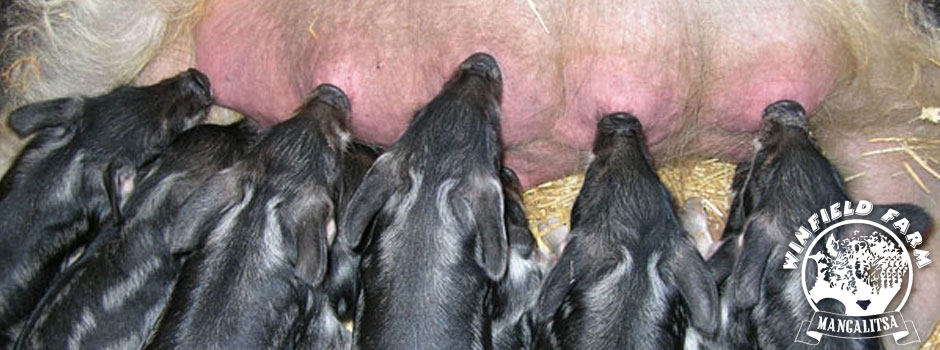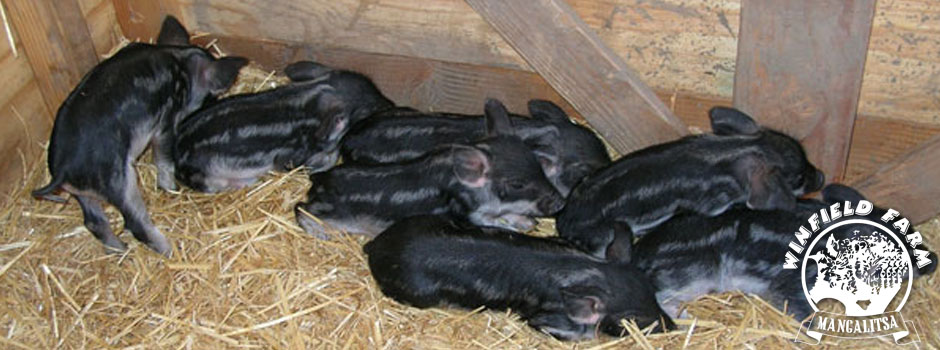Magical Flavor
Mangalitsa pork rivals quality Iberican meats, such as Serrano hams, in popularity. International and elite chefs in the United States have discovered that Mangalitsa pork enables them to prepare more distinctive signature dishes, justifying the additional cost – up to 200 percent more for Mangalitsa than standard pork meat, due to the extra time required to grow and cure these specialty hogs.
Mangalitsas take a year or more to grow to market weight, about 300 pounds to maximize marbeling, while commercial hogs can reach market size (175-200 pounds) in about five months.
Mangalitsa’s succulent, marbled meat could easily be mistaken for prime beef.
Also among the most outstanding features of Mangalitsas are their copious amounts of fat – mostly monounsaturated and high in omega 3 fatty acids, unlike typical pig fat, so it tastes much lighter, and melts at a lower temperature. Mangalitsa fat is healthier and keeps longer due to its high levels of oleic acid.
Chefs especially prize the buttery-flavored fat, highly desired in charcuterie: the branch of cooking devoted to prepared meat products, such as bacon, ham, sausage, terrines, galantines, pâtés, and confit, primarily from pork. Pastry chefs also clamor for the leaf lard derived from Mangalitsas – the silky magic ingredient for the flakiest, tastiest pie crusts. Rendered lard can be whipped until so fluffy and white it looks like vanilla ice cream. Former New York Times food critic Ruth Reichl called it “the single best pastry fat I’ve ever found.” Magic indeed!
Winfield Farm looks forward to using our own leaf lard in homemade baked goods that we now offer under our Cottage Food Operations Class A permit.

